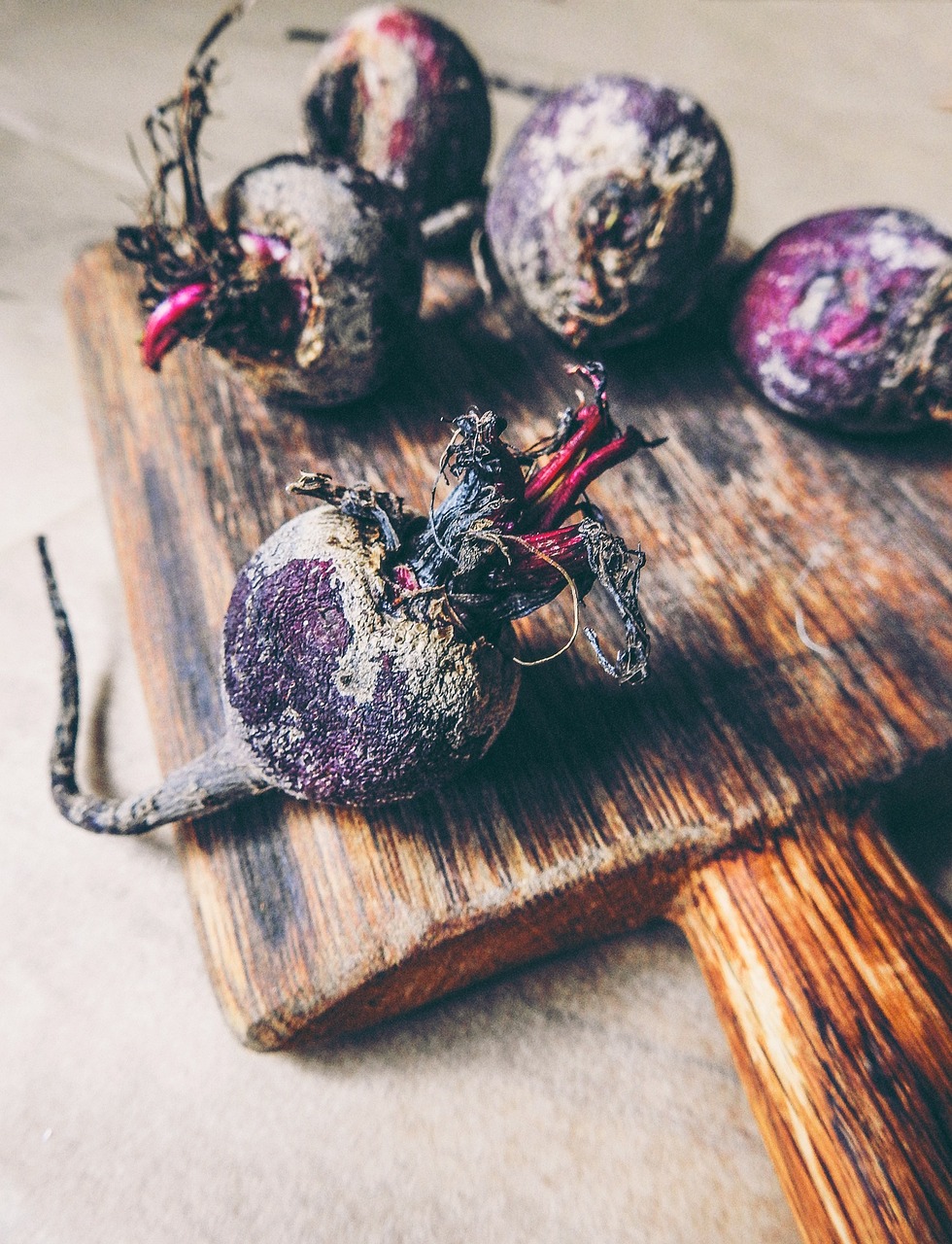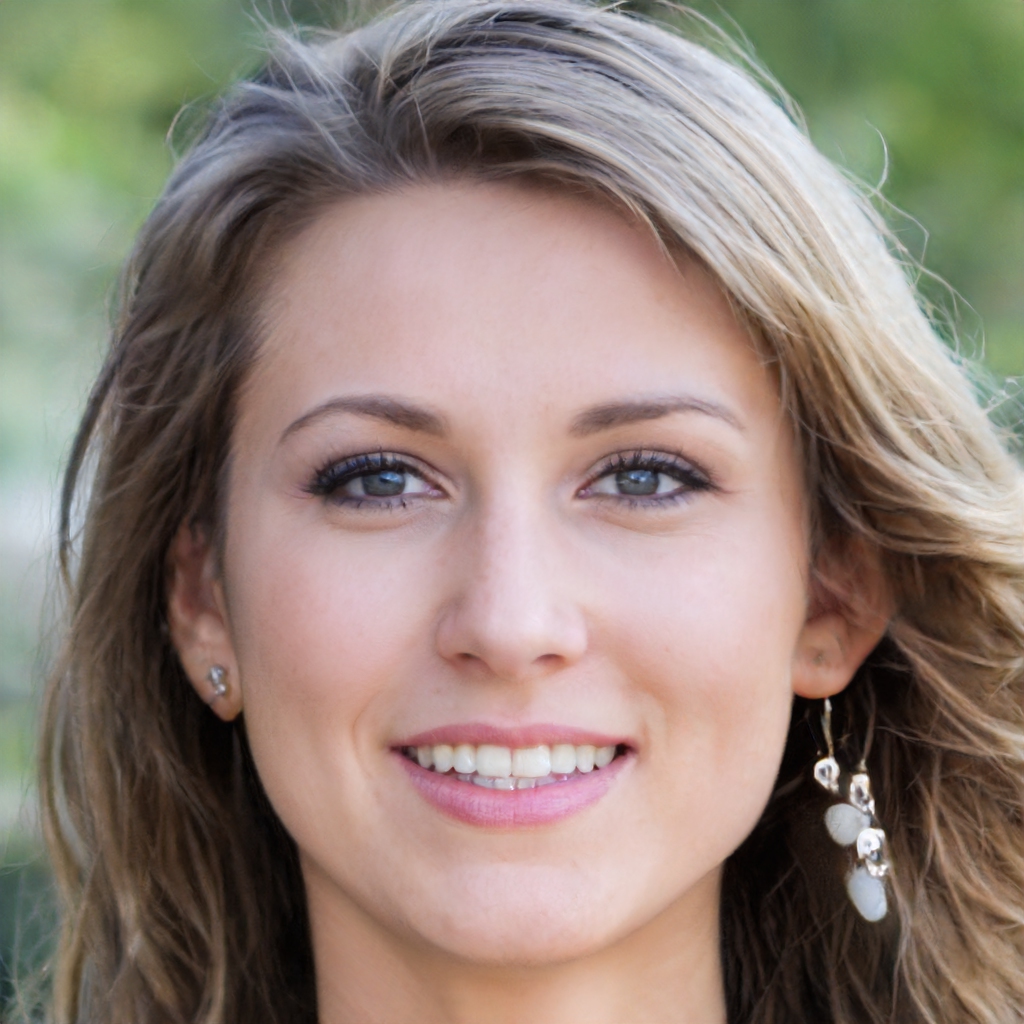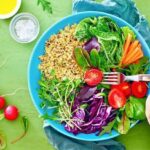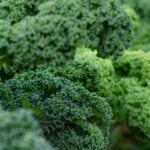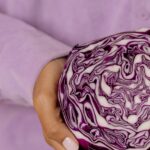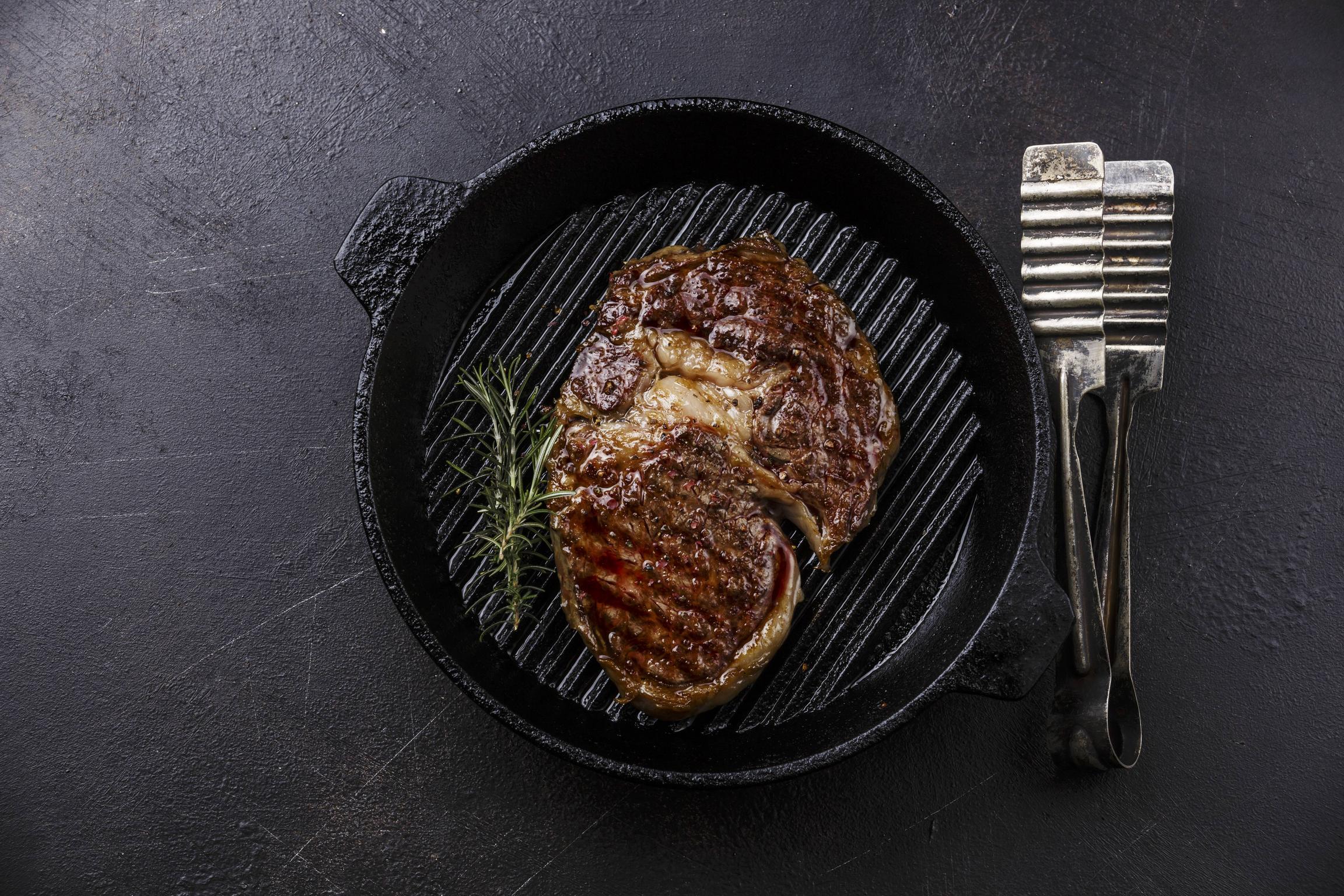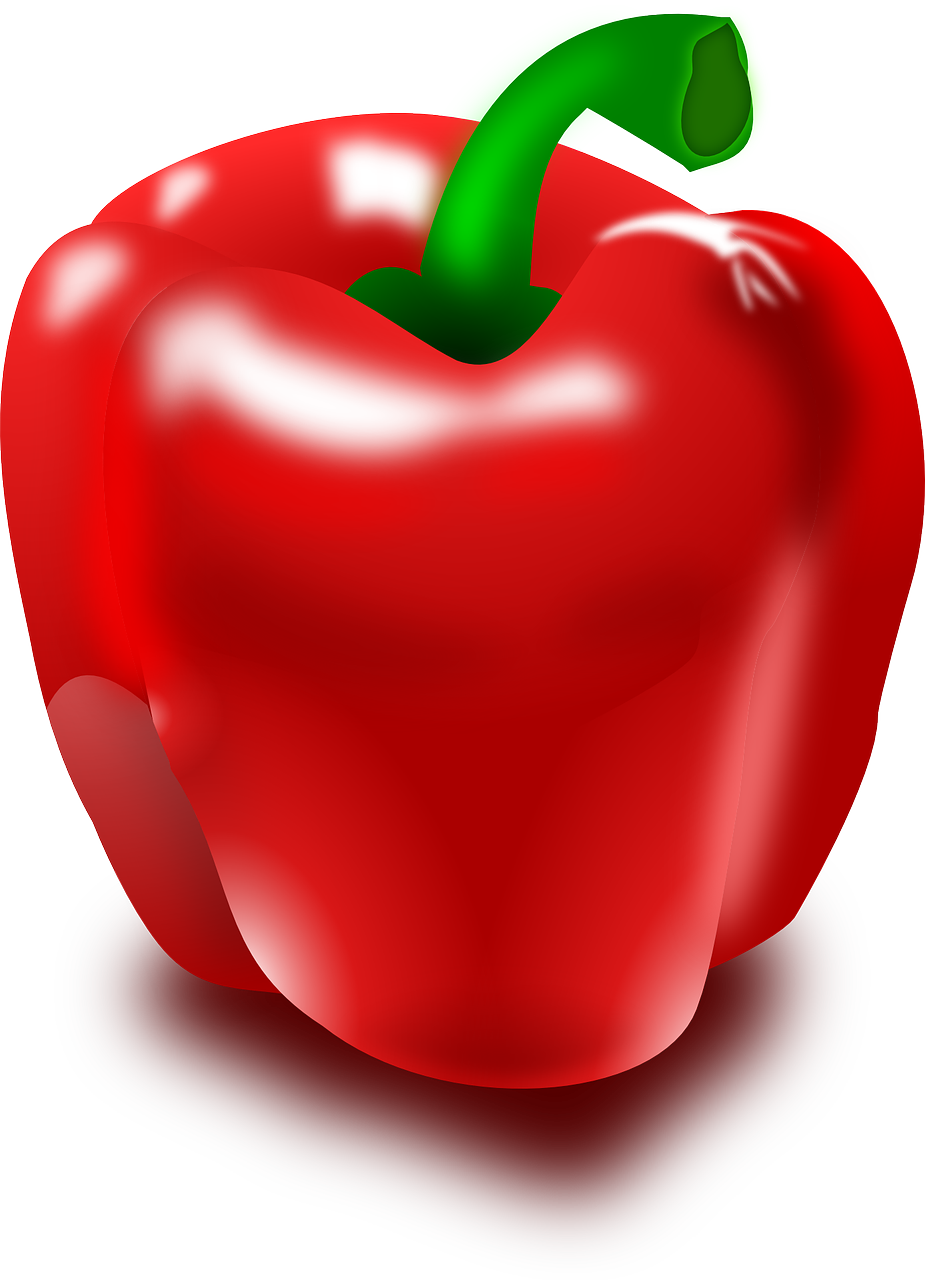Eating raw vegetables provides a variety of health benefits. They can boost your immune system, improve digestion, reduce cholesterol levels, and aid in weight loss efforts.
Certain vegetables should never be eaten raw due to potential hazardous toxins. These include cruciferous vegetables such as broccoli, Brussels sprouts, cauliflower and cabbage.
There are many vegetables that are highly nutritious and provide a wide range of vitamins, minerals, and other beneficial compounds. Here are some of the vegetables that are particularly nutrient-dense:
- Spinach: Spinach is a leafy green vegetable that is packed with vitamins and minerals, including vitamin K, vitamin A, folate, and iron.
- Kale: Kale is another leafy green that is high in vitamins and minerals, as well as antioxidants that can help protect against cellular damage and disease.
- Broccoli: Broccoli is a cruciferous vegetable that is rich in vitamin C, vitamin K, folate, and fiber. It also contains compounds that may have anti-cancer properties.
- Bell peppers: Bell peppers are a colorful and nutritious vegetable that are high in vitamin C, vitamin A, and fiber.
- Sweet potatoes: Sweet potatoes are a root vegetable that are high in vitamin A, vitamin C, and potassium. They are also a good source of fiber.
- Carrots: Carrots are a crunchy and flavorful vegetable that are rich in vitamin A, as well as other nutrients like fiber and potassium.
- Brussels sprouts: Brussels sprouts are a cruciferous vegetable that are high in vitamin K, vitamin C, and fiber. They also contain compounds that may have anti-cancer properties.
These are just a few examples of the many nutrient-dense vegetables that are available. Consuming a variety of colorful vegetables on a regular basis can help ensure that you are getting a wide range of vitamins, minerals, and other beneficial compounds that can support overall health and well-being.
Brussels Sprouts
Brussels sprouts are a highly nutritious cruciferous vegetable that can provide a wide range of vitamins, minerals, and other beneficial compounds.
One of the key nutrients in Brussels sprouts is vitamin K, which plays an important role in blood clotting and bone health. Brussels sprouts are also a good source of vitamin C, which plays a role in immune function, wound healing, and the production of collagen, a protein that is important for skin health.

Brussels sprouts are also high in fiber, which can help support digestive health and may also help lower the risk of certain diseases, such as heart disease and diabetes. They are also a good source of other vitamins and minerals, including vitamin A, folate, and potassium.
Brussels sprouts are also rich in antioxidants, such as vitamin C and carotenoids, which can help protect against cellular damage and may have anti-cancer properties. Additionally, Brussels sprouts contain compounds called glucosinolates, which may have anti-cancer properties and may also help protect against inflammation.
| Nutrient | Amount per 100 grams |
|---|---|
| Calories | 43 |
| Protein | 3.4 grams |
| Fat | 0.3 grams |
| Carbohydrates | 8 grams |
| Fiber | 3.8 grams |
| Sugar | 2.2 grams |
| Vitamin C | 85% of the DV |
| Vitamin K | 177% of the DV |
| Vitamin A | 15% of the DV |
| Folate | 15% of the DV |
| Potassium | 8% of the DV |
| Manganese | 12% of the DV |
Brussels sprouts can be cooked in a variety of ways, including roasting, sautéing, and steaming. They can be eaten as a side dish or added to salads, soups, and stews. They also pair well with a variety of flavors, such as garlic, lemon, and bacon.
Brussels sprouts are a highly nutritious vegetable that can provide a wide range of vitamins, minerals, and other beneficial compounds. Adding Brussels sprouts to your diet on a regular basis, along with a variety of other colorful vegetables, can help support overall health and well-being.
Spinach
Spinach is a leafy green vegetable that is highly nutritious and considered one of the world’s healthiest foods. Spinach is packed with vitamins, minerals, and other beneficial compounds that can support overall health and well-being.

One of the key nutrients in spinach is vitamin K, which plays an important role in bone health and blood clotting. Spinach is also a good source of vitamin A, which is important for healthy vision, skin, and immune function. Additionally, spinach is high in folate, which is essential for healthy cell growth and development, making it especially important for pregnant women.
Spinach is also rich in other vitamins and minerals, including vitamin C, vitamin E, calcium, and iron. It is also a good source of antioxidants, such as lutein and zeaxanthin, which can help protect against cellular damage and may help reduce the risk of certain diseases, including age-related macular degeneration.
Incorporating spinach into your diet is easy, as it can be eaten raw or cooked and added to a variety of dishes. Raw spinach can be added to salads, sandwiches, and smoothies, while cooked spinach can be sautéed, steamed, or added to soups and stews.
| Nutrient | Amount per 100 grams |
|---|---|
| Calories | 23 |
| Protein | 2.9 grams |
| Fat | 0.4 grams |
| Carbohydrates | 3.6 grams |
| Fiber | 2.2 grams |
| Sugar | 0.4 grams |
| Vitamin C | 34% of the DV |
| Vitamin K | 460% of the DV |
| Vitamin A | 56% of the DV |
| Folate | 15% of the DV |
| Iron | 15% of the DV |
| Calcium | 10% of the DV |
Overall, spinach is a highly nutritious vegetable that can provide a wide range of vitamins, minerals, and other beneficial compounds. Consuming spinach on a regular basis, along with a variety of other colorful vegetables, can help support overall health and well-being.
Beets
Beets are an excellent source of fiber, vitamin C, folic acid, potassium and iron, magnesium, and manganese.
Raw beets can be eaten raw in salads, smoothies or as a decorative element for meals. Not only are they an excellent source of fiber, but they have been known to regulate blood sugar levels, lower cholesterol and give you a feeling of fullness after eating.

They are low in calories and fat, making them an ideal option for those looking to shed some pounds or maintain their current one. Furthermore, these fruits provide essential vitamins A, B6, C and K as well as antioxidants which may protect against cancer or heart disease.
Beets have been proven to improve athletic performance and reduce inflammation through their antioxidant content, which inhibits the cyclooxygenase-2 (COX-2) enzyme-linked with inflammation.
Beets can be a nutritious addition to your diet when purchased fresh and eaten in moderation. However, beets may cause bloating, gas, and diarrhea if consumed without caution if these symptoms arise.
| Nutrient | Amount per 100 grams |
|---|---|
| Calories | 43 |
| Protein | 1.6 grams |
| Fat | 0.2 grams |
| Carbohydrates | 9.6 grams |
| Fiber | 2.8 grams |
| Sugar | 6.8 grams |
| Vitamin C | 8% of the DV |
| Folate | 20% of the DV |
| Potassium | 9% of the DV |
| Magnesium | 6% of the DV |
| Iron | 4% of the DV |
They can be transformed into an irresistible snack by slicing, peeling and seasoning them with salt, pepper, and lemon juice; alternatively, they may be served sliced on top of a salad. Furthermore, you may cook or roast them to add flavor to any meal.
Broccoli
Eating broccoli raw has numerous health advantages. It contains essential vitamins, minerals, and fiber as well as dietary fiber and folate for energy support. Plus, broccoli is packed with phytochemicals and antioxidants.
Antioxidants are chemicals that help combat free radicals that damage cells in the body. Furthermore, these compounds may prevent diseases like cancer by protecting against DNA damage.

Sulforaphane in broccoli is an especially powerful anticancer agent. It also aids memory and cognition, reduces inflammation, and lowers blood pressure.
Broccoli is also an excellent source of antioxidants, lutein, and beta carotene – all beneficial for eye health.
| Nutrient | Amount per 100 grams |
|---|---|
| Calories | 34 |
| Protein | 2.8 grams |
| Fat | 0.4 grams |
| Carbohydrates | 6.6 grams |
| Fiber | 2.6 grams |
| Sugar | 1.7 grams |
| Vitamin C | 107% of the DV |
| Vitamin K | 97% of the DV |
| Vitamin A | 11% of the DV |
| Folate | 13% of the DV |
| Potassium | 8% of the DV |
| Manganese | 10% of the DV |
However, it’s important to remember that raw broccoli may be harder for some people to digest than cooked broccoli. You could try grating or squeezing the broccoli before eating it for added ease on your digestive system.
Another advantage of eating broccoli raw is its abundance of sulforaphane. This compound may help prevent cancer by stimulating your body’s detoxifying enzymes.
This nutrient can also be found in many vegetables such as kale, collard greens and Brussels sprouts. It has been believed to improve liver function and lower cholesterol levels. Furthermore, it may protect thyroid glands for sensitive individuals while decreasing allergies.
Carrots
Eating raw carrots is one of the best ways to maximize their nutrition. They’re packed with essential vitamins, minerals and fiber that promote overall wellness on both inside and outside.
Raw carrots make an excellent snack or side dish, providing plenty of vitamin A, potassium and other essential nutrients. Plus they’re packed full of dietary fiber which aids digestion and keeps your gut healthy.
Carrots can help suppress your appetite and maintain a steady caloric intake if you’re trying to shed pounds. Their high-fiber content also stimulates saliva production which helps prevent plaque from forming and may reduce the likelihood of developing cavities.

Carrots are packed with antioxidants that support your immune system. They combat free radicals and inflammation that may lead to various health issues like heart disease, dementia, and arthritis.
Another advantage of raw carrots is that they have a low glycemic index, meaning they won’t cause your blood sugar levels to surge. This is especially beneficial for people with glycemic disorders like diabetes and prediabetes.
| Nutrient | Amount per 100 grams |
|---|---|
| Calories | 41 |
| Protein | 0.9 grams |
| Fat | 0.2 grams |
| Carbohydrates | 9.6 grams |
| Fiber | 2.8 grams |
| Sugar | 4.7 grams |
| Vitamin A | 334% of the DV |
| Vitamin K | 13% of the DV |
| Vitamin C | 7% of the DV |
| Potassium | 7% of the DV |
| Calcium | 3% of the DV |
Carrots are an excellent source of lutein and beta-carotene, both beneficial for your eyes. These vitamins can prevent night blindness as well as lower the risk for age-related macular degeneration. Furthermore, carrots contain calcium which strengthens bones and shields you against osteoporosis later in life.
Sweet Potatoes
Sweet potatoes are a highly nutritious root vegetable that can provide a wide range of vitamins, minerals, and other beneficial compounds.
One of the key nutrients in sweet potatoes is vitamin A, which is important for healthy vision, skin, and immune function. Sweet potatoes are one of the richest sources of this vitamin, with just one medium-sized sweet potato providing over 400% of the daily recommended intake. Sweet potatoes are also high in vitamin C, which plays a role in immune function and wound healing.

Sweet potatoes are also a good source of other vitamins and minerals, including potassium, which can help regulate blood pressure and support heart health, and fiber, which can help support digestive health and may also help lower the risk of certain diseases, such as heart disease and diabetes.
Sweet potatoes are also rich in antioxidants, such as beta-carotene and anthocyanins, which can help protect against cellular damage and may have anti-cancer properties. The anthocyanins found in purple sweet potatoes may also have anti-inflammatory effects.
| Nutrient | Amount per 100 grams |
|---|---|
| Calories | 86 |
| Protein | 1.6 grams |
| Fat | 0.1 grams |
| Carbohydrates | 20.1 grams |
| Fiber | 3 grams |
| Sugar | 4.2 grams |
| Vitamin A | 283% of the DV |
| Vitamin C | 3% of the DV |
| Potassium | 6% of the DV |
| Vitamin B6 | 10% of the DV |
| Manganese | 12% of the DV |
Note: “DV” stands for Daily Value, which is the recommended daily amount of a nutrient based on a 2,000 calorie diet.
Sweet potatoes are a versatile vegetable that can be used in a variety of dishes. They can be baked, boiled, or roasted and can be used in both sweet and savory dishes. They can be mashed, added to soups and stews, or used as a base for pies and other desserts.
Overall, sweet potatoes are a highly nutritious vegetable that can provide a wide range of vitamins, minerals, and other beneficial compounds. Adding sweet potatoes to your diet on a regular basis, along with a variety of other colorful vegetables, can help support overall health and well-being.
Greens
Greens are nutritious foods that provide essential vitamins, minerals and other essential nutrients. Not only are they good for your heart, lungs and digestion system; but they’re also low in calories so it’s easy to get enough of them into your diet! Eating a daily salad or side of steamed greens is one way to make sure you get your daily serving of greens.
Raw dark leafy vegetables such as kale, Swiss chard, mustard/collard greens and bok choy provide the most nutritional benefit when eaten raw. This is because they are not cooked, making it easier for your body to digest and absorb their essential vitamins and minerals.

They are also excellent detoxifiers due to their high chlorophyll levels. Chlorophyll binds to heavy metals and toxins in your blood, while helping your liver produce glutathione – a natural antioxidant which can protect your body against these hazardous compounds.
These veggies are excellent sources of dietary fiber, which can aid in weight management and maintain a healthy gut by supporting an effective immune system response. Plus, they boast vitamins A, C and K as well as various B-vitamins, potassium, iron and calcium.
| Nutrient | Amount per 100 grams |
|---|---|
| Calories | 15-25 |
| Protein | 1.5-3 grams |
| Fat | 0.2-0.5 grams |
| Carbohydrates | 2-4 grams |
| Fiber | 2-4 grams |
| Vitamin C | 50-150% of the DV |
| Vitamin K | 200-900% of the DV |
| Vitamin A | 50-200% of the DV |
| Folate | 10-25% of the DV |
| Iron | 5-15% of the DV |
Eating greens not only provides health benefits but can also have beneficial psychological effects. These veggies are packed with folate which helps boost moods by aiding dopamine and serotonin production in the brain. Furthermore, lutein and zeaxanthin, beneficial for eyesight, are present as well.
Kale
Kale is one of the world’s most beloved cruciferous vegetables, and for good reason. Not only is it packed with essential nutrients that fight cancer and heart disease, but it also boosts energy levels and supports bone health. Plus, kale has anti-inflammatory properties as well as potential weight loss benefits.
It also contains antioxidants, vitamins K and A, and minerals like iron and calcium. These essential nutrients work to support a healthy immune system, promote eye health, and keep bones strong.
Raw kale not only adds delicious taste to salads and smoothies but also in soups, pasta dishes, tacos and other foods you know your family will enjoy. Plus it provides a great source of fiber and water which aids digestion.

Kale may be low in calories, but it still provides substantial bulk that will make you feel full. Plus, it’s packed with phytonutrients and vitamin C which may help protect against chronic diseases like heart disease and cancer.
| Nutrient | Amount per 100 grams |
|---|---|
| Calories | 49 |
| Protein | 4.3 grams |
| Fat | 0.9 grams |
| Carbohydrates | 9 grams |
| Fiber | 3.6 grams |
| Sugar | 2.3 grams |
| Vitamin C | 200% of the DV |
| Vitamin K | 1020% of the DV |
| Vitamin A | 200% of the DV |
| Manganese | 27% of the DV |
| Calcium | 15% of the DV |
| Iron | 9% of the DV |
Kale is also rich in beta-carotene, which is converted to vitamin A for your body’s use. Unfortunately, too much vitamin A may cause fractures; so try to limit your consumption to a few servings per week.
Bell Peppers
Bell peppers are colorful and highly nutritious vegetables that can provide a wide range of vitamins, minerals, and other beneficial compounds.
One of the key nutrients in bell peppers is vitamin C, which plays an important role in immune function, skin health, and wound healing. Red bell peppers, in particular, are a great source of vitamin C, with one medium-sized pepper providing over 150% of the daily recommended intake.

Bell peppers are also a good source of vitamin A, which is important for healthy vision, skin, and immune function. Additionally, they are high in fiber, which can help support digestive health and may also help lower the risk of certain diseases, such as heart disease and diabetes.
Bell peppers are also a good source of other vitamins and minerals, including vitamin E, vitamin K, potassium, and folate. They are also rich in antioxidants, such as carotenoids and flavonoids, which can help protect against cellular damage and may have anti-cancer properties.
| Nutrient | Amount per 100 grams |
|---|---|
| Calories | 31 |
| Protein | 1 gram |
| Fat | 0.3 grams |
| Carbohydrates | 6 grams |
| Fiber | 2 grams |
| Sugar | 4.2 grams |
| Vitamin C | 157% of the DV |
| Vitamin A | 11% of the DV |
| Vitamin B6 | 10% of the DV |
| Folate | 10% of the DV |
| Potassium | 4% of the DV |
Bell peppers are a versatile vegetable that can be used in a variety of dishes. They can be eaten raw, cooked, or roasted, and are a great addition to salads, stir-fries, and fajitas. Bell peppers also come in various colors, including green, red, orange, and yellow, making them nutritious and visually appealing.
Overall, bell peppers are a highly nutritious vegetable that can provide a wide range of vitamins, minerals, and other beneficial compounds. Adding bell peppers to your diet on a regular basis, along with a variety of other colorful vegetables, can help support overall health and well-being.
Lettuce
Lettuce is a leafy vegetable grown worldwide during the cool-season months. To maintain its flowering qualities, lettuce needs moderate temperatures to prevent flowering and thrives best when planted in rich, moist soil with high nutrient levels.
Eating sweet potatoes has been a staple of human diets for thousands of years due to its ease of cultivation and low caloric content. Plus, this superfood is packed full of essential vitamins and antioxidants as well as being an excellent source of fiber that aids weight loss efforts.
Lettuce raw is a great option if you’re trying to incorporate more nutrition into your diet. This leafy veggie boasts numerous advantages such as being an excellent source of vitamins A and C as well as potassium.

Moreover, lettuce is packed with antioxidants and anti-cancer compounds. One study even discovered that it may help protect against oral and esophageal cancers.
You can find a wide range of lettuce varieties at your grocery store. Popular varieties include romaine, iceberg and butter lettuce.
Romaine, a head-forming variety with elongated leaves, is full of nutrition. Not only that but it’s an excellent source of Vitamin A and contains 10 percent of your daily recommended amount of folic acid.
| Nutrient | Amount per 100 grams |
|---|---|
| Calories | 15 |
| Protein | 1.4 grams |
| Fat | 0.2 grams |
| Carbohydrates | 2.9 grams |
| Fiber | 1.3 grams |
| Sugar | 0.8 grams |
| Vitamin A | 148% of the DV |
| Vitamin K | 102% of the DV |
| Folate | 10% of the DV |
| Vitamin C | 4% of the DV |
| Potassium | 5% of the DV |
Lettuce is also an excellent source of magnesium and iron, making it a perfect addition to salads as it adds crunch and flavor. Another interesting fact about lettuce: It may help you sleep better at night due to lactucarium, which sedates your nervous system to promote restfulness.
Conclusion
In conclusion, many vegetables are highly nutritious and can provide many vitamins, minerals, and other beneficial compounds.
Some of the vegetables that are particularly nutrient-dense include leafy greens such as kale and spinach, cruciferous vegetables such as broccoli and Brussels sprouts, and root vegetables such as sweet potatoes and carrots.
These vegetables are packed with nutrients and offer a range of health benefits, including improved immune function, lower risk of chronic diseases, and better overall health and well-being. Adding a variety of these vegetables to your diet regularly can help ensure that you are getting the most nutrition from your food and can support a healthy and balanced diet.
Aurelia is the Editor-in-Chief of The Graceful Kitchen, a vegan lifestyle blog that focuses on delicious, nutritious, and ethical eating. A lifelong vegan, Aurelia is passionate about sharing her love of plant-based cuisine with others. She is a regular contributor to several online and print publications, and has been interviewed by major news outlets about the benefits of a vegan diet. In her free time, Aurelia enjoys cooking, hiking, and spending time with her cats.
